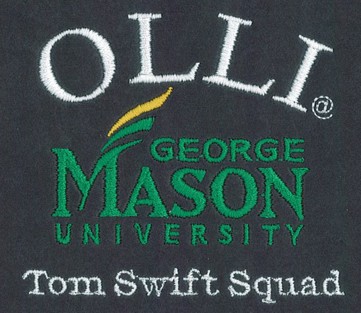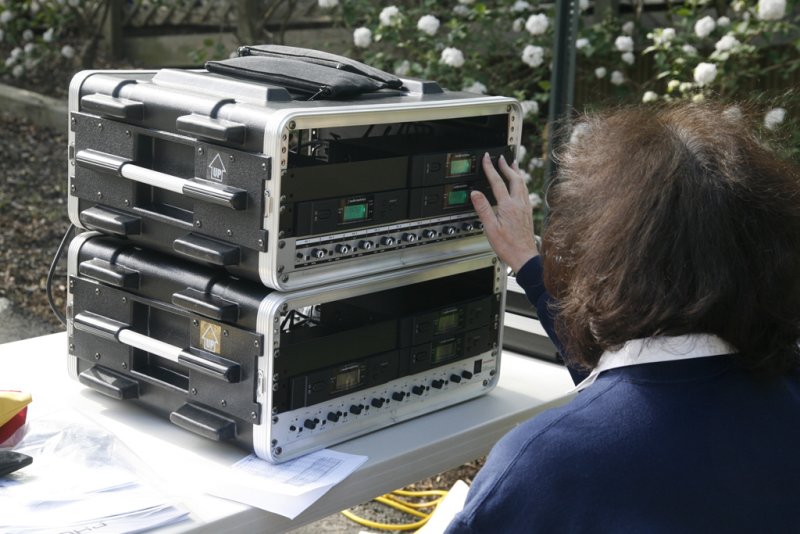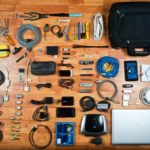
The AV / Technology Support Committee serves as an adjunct to OLLI's staff, in assisting instructors with classroom audiovisual and computer equipment. Membership is open to any OLLI member, at all our locations, who has an interest in helping our teachers and staff with classroom technology. You don't need to be a tech guru to be a member of the committee. Like everything at OLLI, your commitment to lifelong learning is paramount - we'll teach you what you need to know! The committee's goal is “A Swiftie in every classroom, supporting OLLI staff in providing AV excellence for all our members.”
April 9, 2010 - Equipment setup for OLLI Recorder Consort. Photo by Dan Feighery
|
The committee chair is appointed by OLLI's President, and reports to the Executive Director. Reports of committee activities are provided to the OLLI Board on a regular basis, and are published in the document section of the OLLI Member Portal.
Committee chair: Paul Howard Link to: Equipment Reference Web Page Committee Members (as of July, 2019): John Acton, Tom Appich, Kathy Barnard, George Bradshaw, Larry Cereghino, Garrett Cochran, Debbie Engleson, Terri Feldmayer, Mel Goldfarb, Bob Heyer, Paul Howard, Dave Lynch, Pat McGinty, Ernestine Meyer, Mel Mikosinski, Michael Nephew, Dave Osterman, Dave Selove, Brenda Soares, Russell Stone, Dave Talaber, Bill Walsh, Nick Wenri Accomplishments of the Committee: Since its conception in the summer of 2007, OLLI's AV / Technology Support Committee, also known as "The Tom Swift Squad," has assumed a primary mission of having comparable AV and computer resources available in every OLLI classroom. Our efforts have resulted in the following major improvements to OLLI's instructional resources:
The support of OLLI's Board of Directors, Finance Committee, generous member financial contributions to the "Friends of OLLI", and the foresight of Executive Directors, Dick Chobot and Thom Clement, have been vital to these efforts.
Link to the OLLI Board Handbook: Audiovisual Support Committee
|
.
Link to: OLLI Home Page


